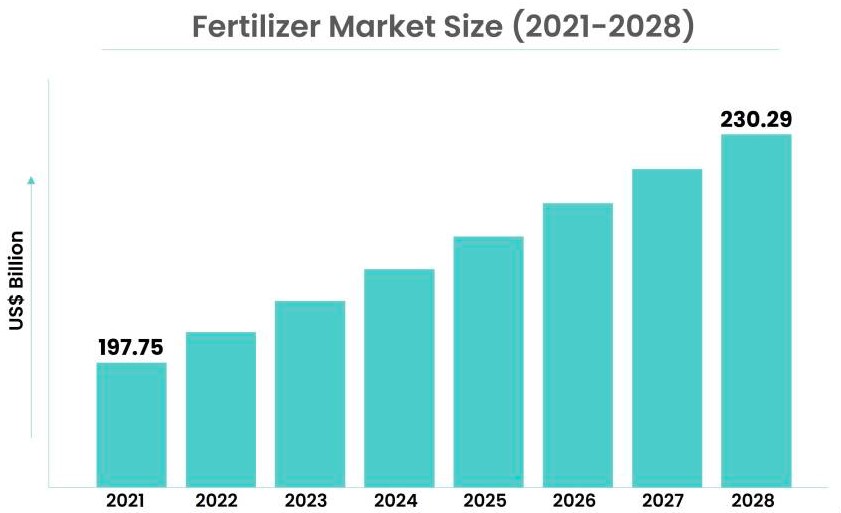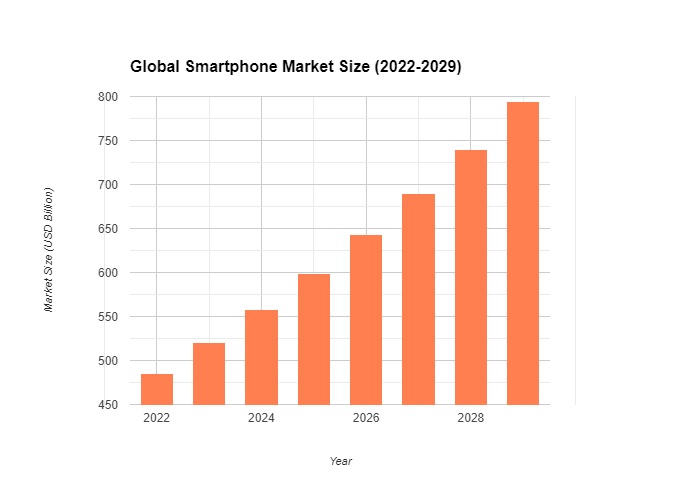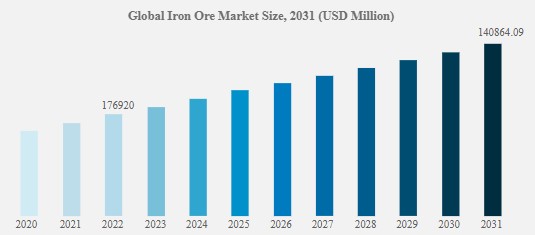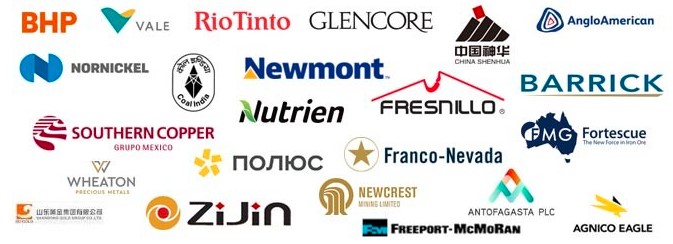India Kid Footwear Market Size and Growth Trajectory
- The
Indian kid's footwear market is estimated to be valued at a
significant USD 1.47 billion in 2023, and is projected to
reach a staggering USD 2.21 billion by 2028, reflecting a
healthy CAGR (Compound Annual Growth Rate) of 8.8%.
- This
growth is driven by several factors, including:
- Rising
disposable incomes of families
- Increasing
urbanization and brand awareness
- Growing
focus on children's holistic development, with footwear playing a crucial
role in supporting healthy foot growth
- Expanding
retail presence of both domestic and international brands
India Kid Footwear Market Segmentation
The Indian kid's footwear market caters to a wide range of age groups and
needs:
- Shoes
for Infants and Toddlers (0-5 years): This segment focuses on soft-soled shoes that promote healthy
foot development and prioritize comfort and support for first walkers.
- Shoes
for School Children (6-12 years): This
segment offers a wider variety of styles, including sandals, sneakers, and
school shoes, with an emphasis on durability, comfort, and affordability.
- Shoes
for Teenagers (13-18 years): This
segment features trendy and stylish footwear options that cater to
teenagers' evolving fashion sense and active lifestyles.
The Future of India's Kid's Footwear Market Trends
Several key trends are shaping the future of the Indian kid's footwear
market:
- Rising
Demand for Branded Footwear: Parents
are increasingly opting for branded footwear due to its perceived better
quality, durability, and style.
- Focus
on Comfort and Functionality: Comfortable
and well-fitting shoes that support healthy foot development are becoming
a top priority for parents.
- Growing
Popularity of Online Shopping: The
convenience and wider selection offered by online platforms are driving
the growth of online sales of kid's footwear.
- Evolving
Consumer Preferences: Parents are seeking
sustainable, eco-friendly footwear options made from recycled materials.
Additionally, there's a growing demand for waterproof and breathable shoes
suitable for India's diverse climate.
- Influence
of social media: Social media platforms are
significantly influencing purchasing decisions, with parents following
trends and recommendations from influencers and celebrities.
India Kid Footwear Market Players
The Indian kid's footwear market is a competitive space with a mix of
domestic and international players:
- Established
Domestic Brands: Bata, Liberty, Relaxo, and
Paragon are some of the leading domestic brands that enjoy strong brand
recognition and extensive distribution networks across India.
- International
Brands: Global footwear giants like
Nike, Adidas, Puma, and Skechers are also present in the Indian market,
catering to the premium and aspirational segment.
- Emerging
D2C Brands: Direct-to-consumer (D2C)
brands are gaining traction by offering trendy, comfortable, and
affordable footwear directly to customers through online platforms.
The Indiankid's footwear market presents exciting opportunities for businesses
that can cater to the evolving needs of parents and children. By understanding
the market dynamics, trends, and consumer preferences, brands can develop
innovative, comfortable, and stylish footwear that supports healthy foot
development while keeping pace with the ever-changing fashion landscape.











